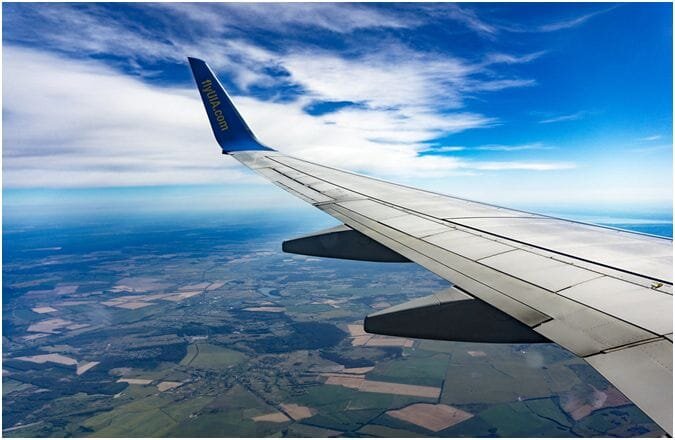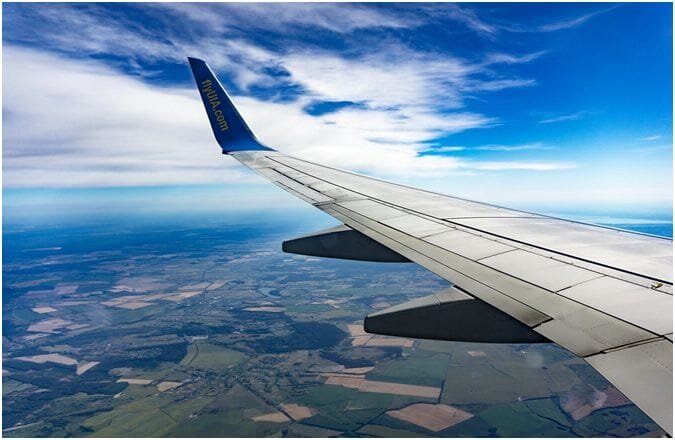
Charles Goulding and Lara Tomiko examine a new practice being used by certain airlines to 3D print spare parts during flight.
Aerospace part manufacturing, including 3D part manufacturing, is highly regulated and in the USA requires certification from the FAA as well as impervious cybersecurity measures for design drawings.
Just before this Thanksgiving holiday, Moog Inc. the US$3.0B designer, manufacturer, and integrator of precision aerospace control parts and systems announced that they had integrated blockchain technology and 3D printing earlier in the year.
Aerospace Real Time 3D Printing
In a recent trial on a flight en route from New Zealand to Los Angeles, a damaged Boeing 777 seat screen component was ordered mid-flight, however no replacement parts were available at the LA station.
Moog’s blockchain system, VeriPart, was used by Singapore Technologies Engineering Ltd, an airline repair service. The new digital part was validated on Moog’s blockchain system and sent to a 3D printer in LA for printing. The 3D printed part was then delivered to the airport, ready for installation as soon as the aircraft landed.
In the aerospace sector the parts supply chain is called “Maintenance, Repair, and Overhaul” (MRO) where safety and traceability are critical. The Veripart blockchain-enabled process coupled with 3D printing not only reduces supply chain lead times from weeks to hours but also literally fixes the plane on the fly, moving further toward an uninterrupted flight schedule.
According to George Small, Chief Technology Officer at Moog:
“The supply chain of the future will be built on a strong collaborative foundation of like-minded companies”.
Honeywell Aerospace and Thales Group, headquartered in France, both have large global aircraft parts businesses and ongoing blockchain airplane part initiatives. The redesign of global supply chains is now at work, creating new possibilities for the aerospace market, and the amalgamation of 3D printing and blockchain technology is imperative to this change.
The Research and Development Tax Credit
R&D tax credits are available for all of the innovations related to elevator industry including digital processes and 3D printing.
Enacted in 1981, the federal Research and Development (R&D) Tax Credit allows a credit of up to 13 percent of eligible spending for new and improved products and processes. Qualified research must meet the following four criteria:
-
New or improved products, processes, or software
-
Technological in nature
-
Elimination of uncertainty
-
Process of experimentation
Eligible costs include employee wages, cost of supplies, cost of testing, contract research expenses, and costs associated with developing a patent.
On December 18, 2015, President Obama signed the bill making the R&D Tax Credit permanent. Beginning in 2016, the R&D credit can be used to offset Alternative Minimum Tax and startup businesses can utilize the credit against $250,000 per year in payroll taxes.

